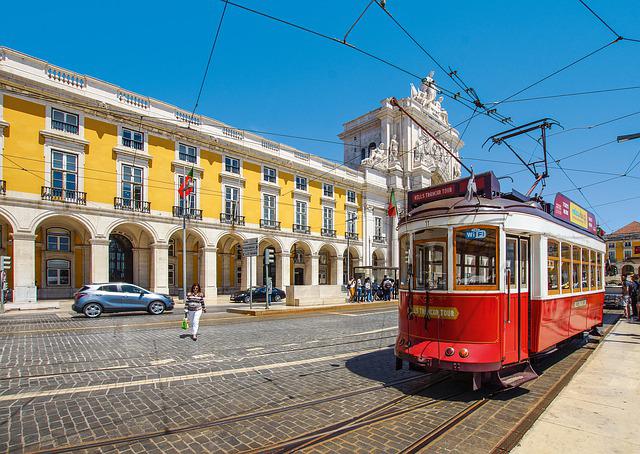Esta web utiliza cookies para que podamos ofrecerte la mejor experiencia de usuario posible. La información de las cookies se almacena en tu navegador y realiza funciones tales como reconocerte cuando vuelves a nuestra web o ayudar a nuestro equipo a comprender qué secciones de la web encuentras más interesantes y útiles.
Urban–rural links in relaunching left-behind places: the case of Portuguese municipalities
During the last few decades, the gap between the most prosperous metropolitan areas and the rural areas has widened, especially since the 2008 crisis. This gap has been particularly relevant in relation to population and employment. However, the bi-directional links in terms of population and employment between rural places and the most urbanized areas have been partly overlooked by the literature. At the same time, recent studies have brought the plight of “left-behind” areas to the forefront, highlighting rural as well as other types of “left-behind” places as focal points of discontent. In the context of the debate on left-behind areas, and in an attempt to address the decline in population and employment that they are experiencing, this article proposes a strategy based on the spatial interactions among the different types of territories. Specifically, we develop a spatial econometric model capable of testing all interactions among different territorial typologies based on their degree of urbanization. We apply the model to 278 continental municipalities in Portugal during the period 2010–8. The model estimates have implications for understanding the dynamics of territorial interactions in Portugal, highlighting the crucial role of semi-urban municipalities. The results reveal the positive and significant connections between change in employment in semi-urban municipalities and population change in both neighboring rural and urban municipalities. The findings suggest that semi-urban/rural diffusion should be promoted as a policy approach to left-behind rural places in Portugal.
Alamá, M.L., M. Á. Márquez, E. Tortosa-Ausina y J. Cravo (2025). «Urban–rural links in relaunching left-behind places: the case of Portuguese municipalities». Journal of Economic Geography 25, n.º 3: 371-405.



